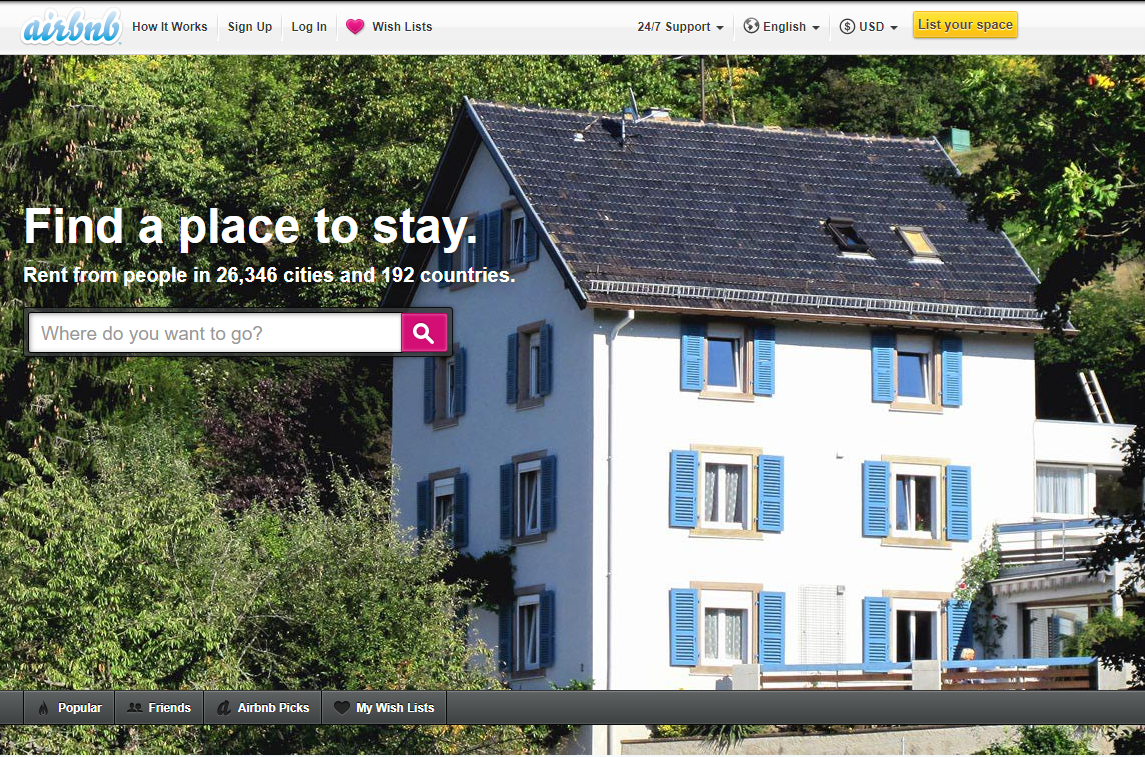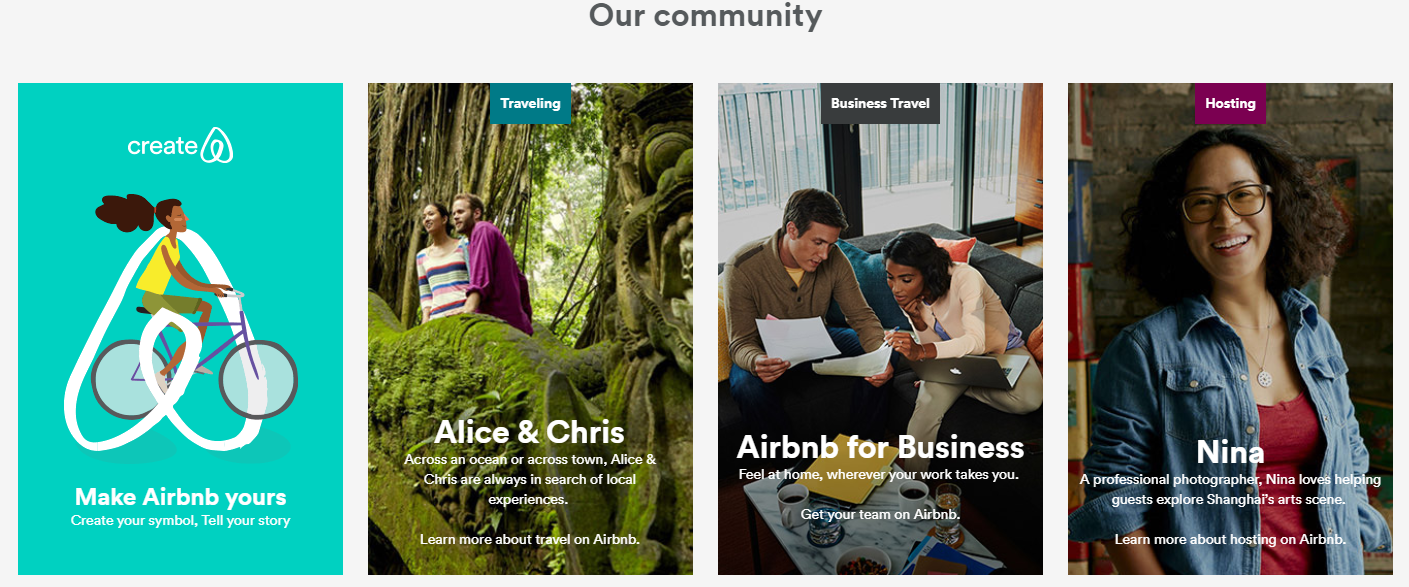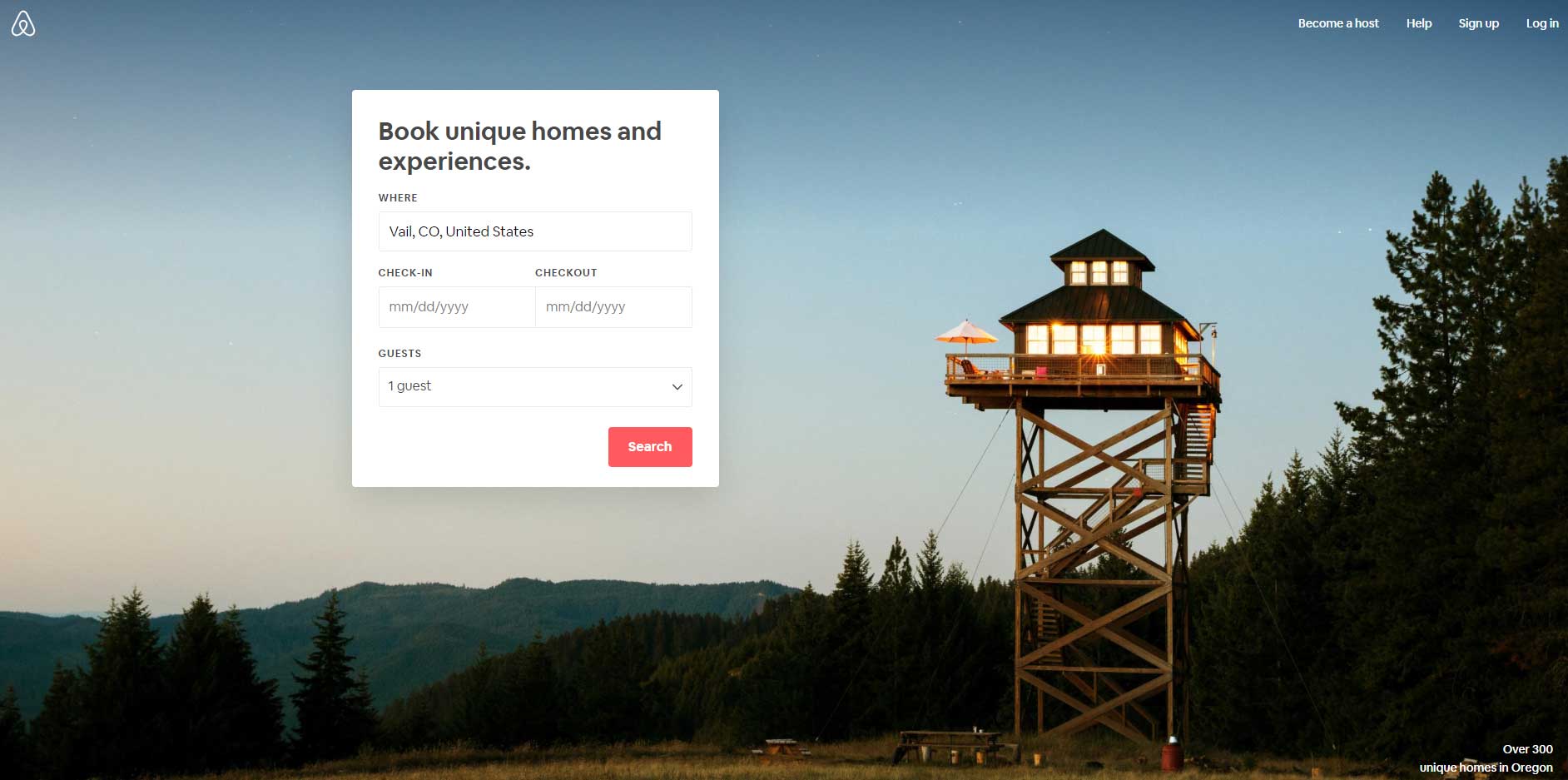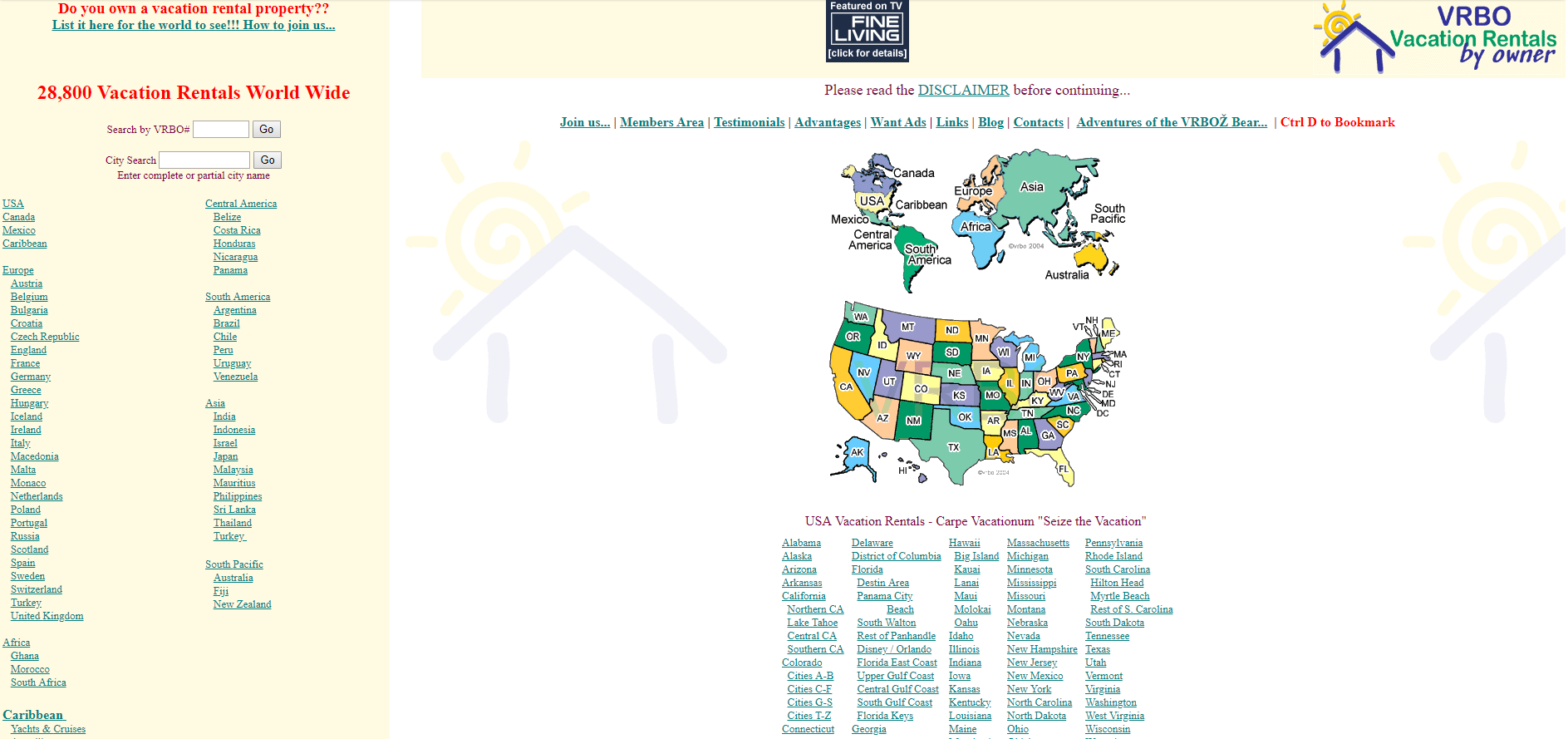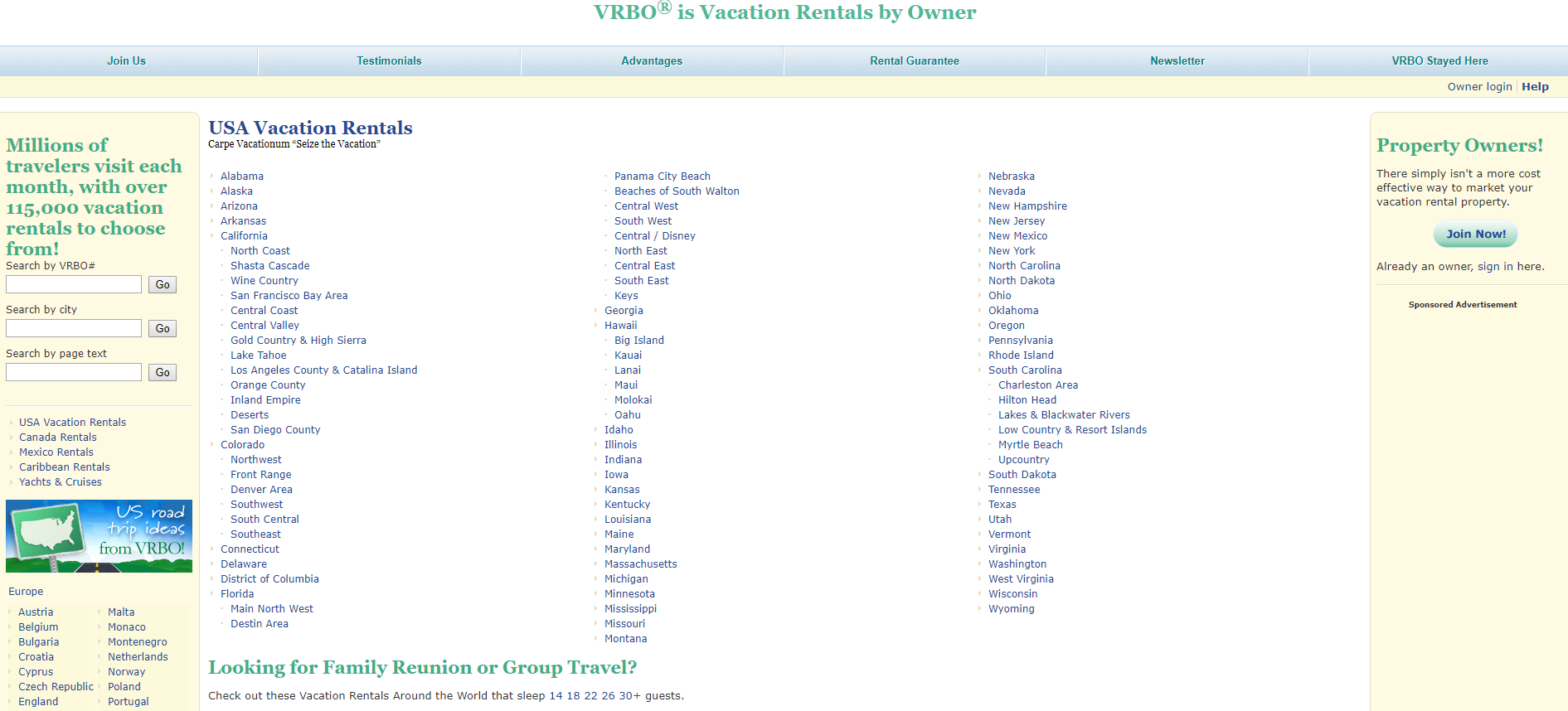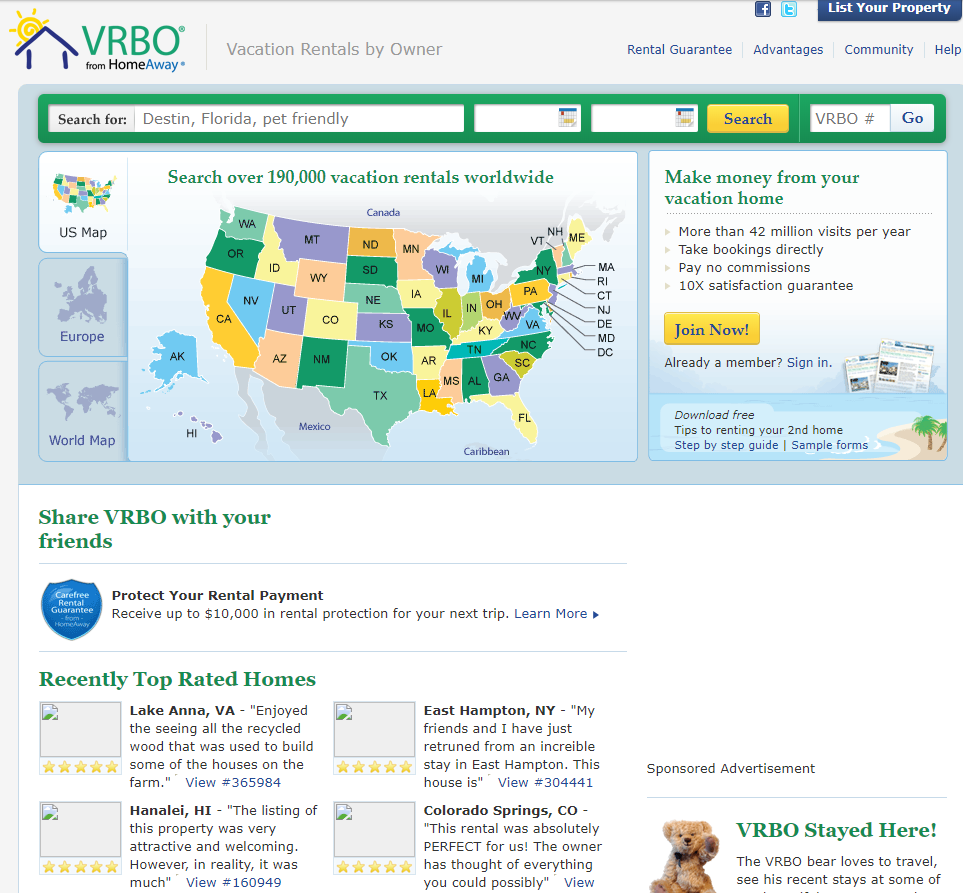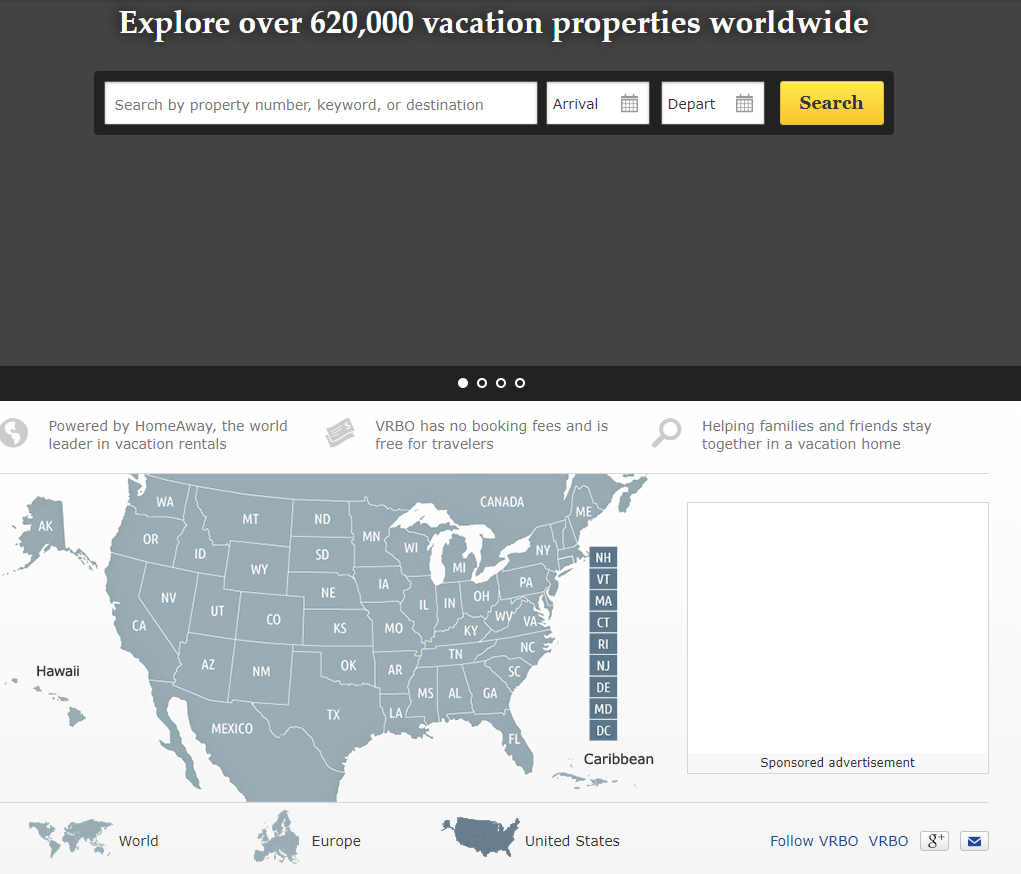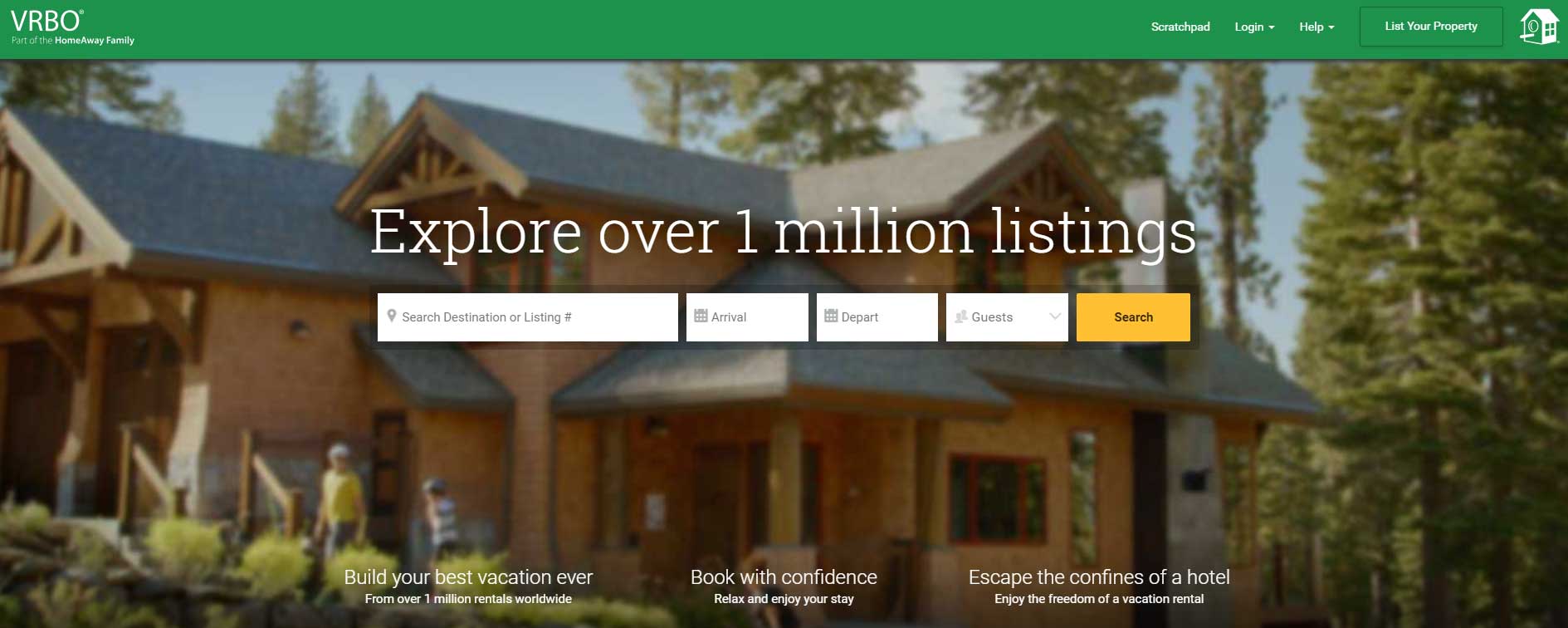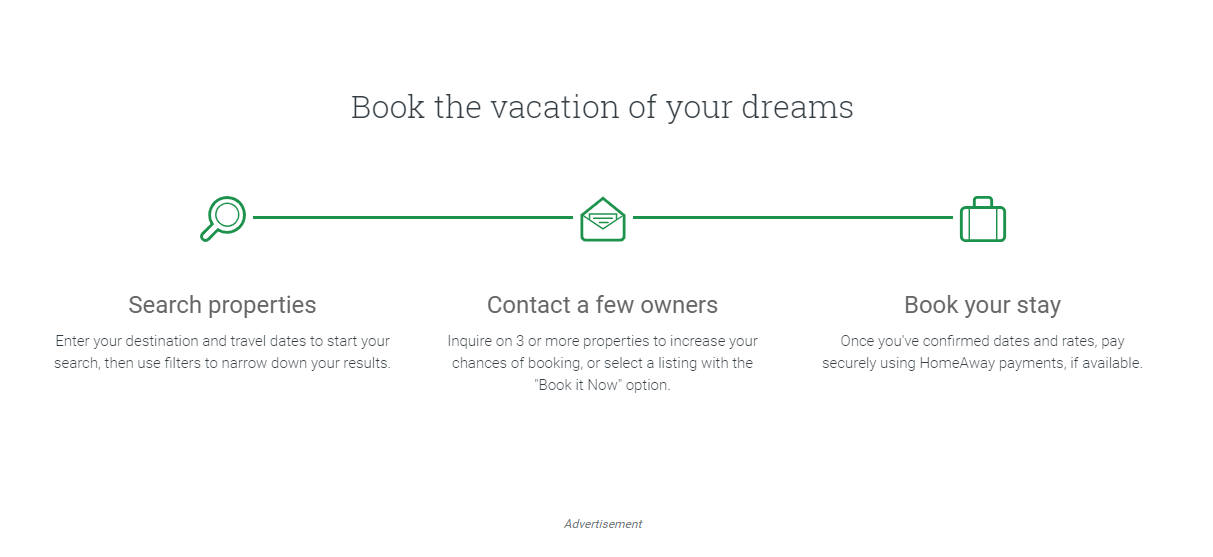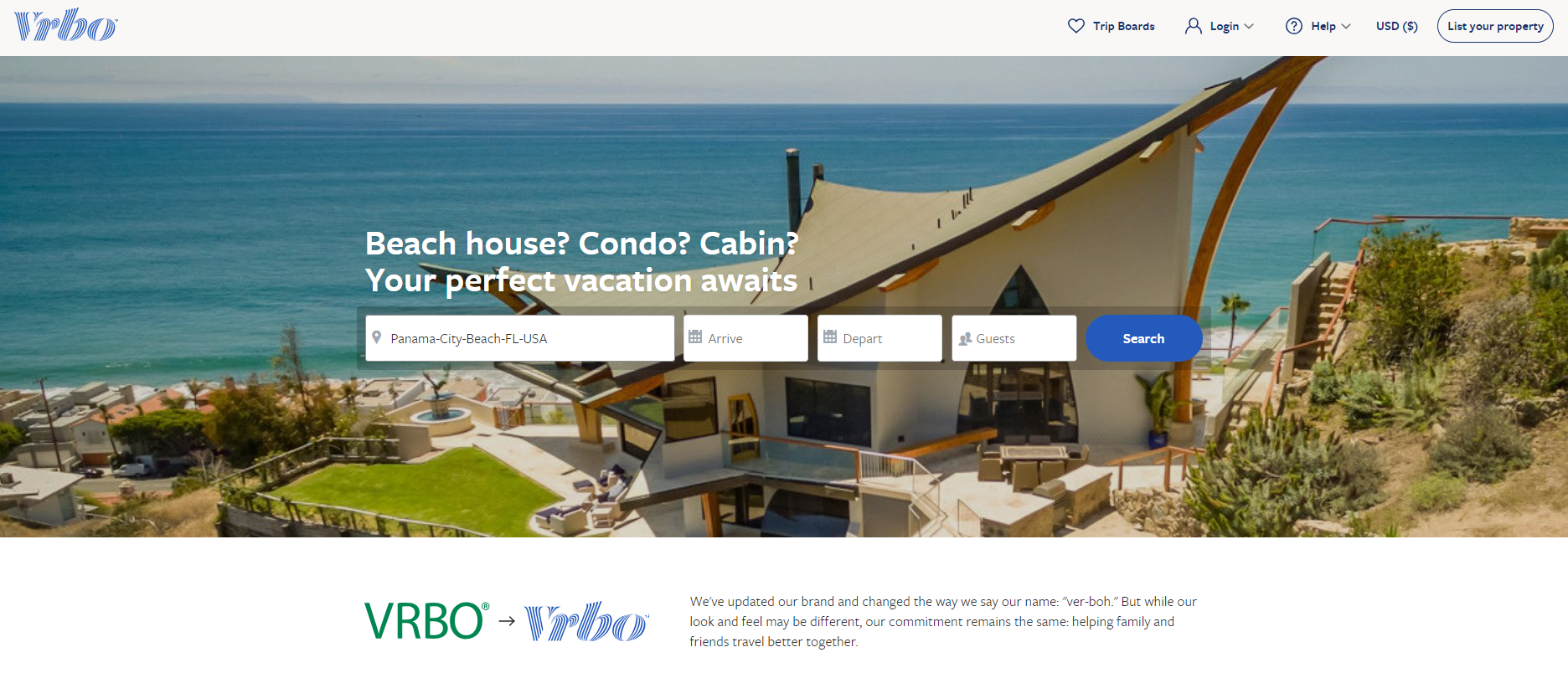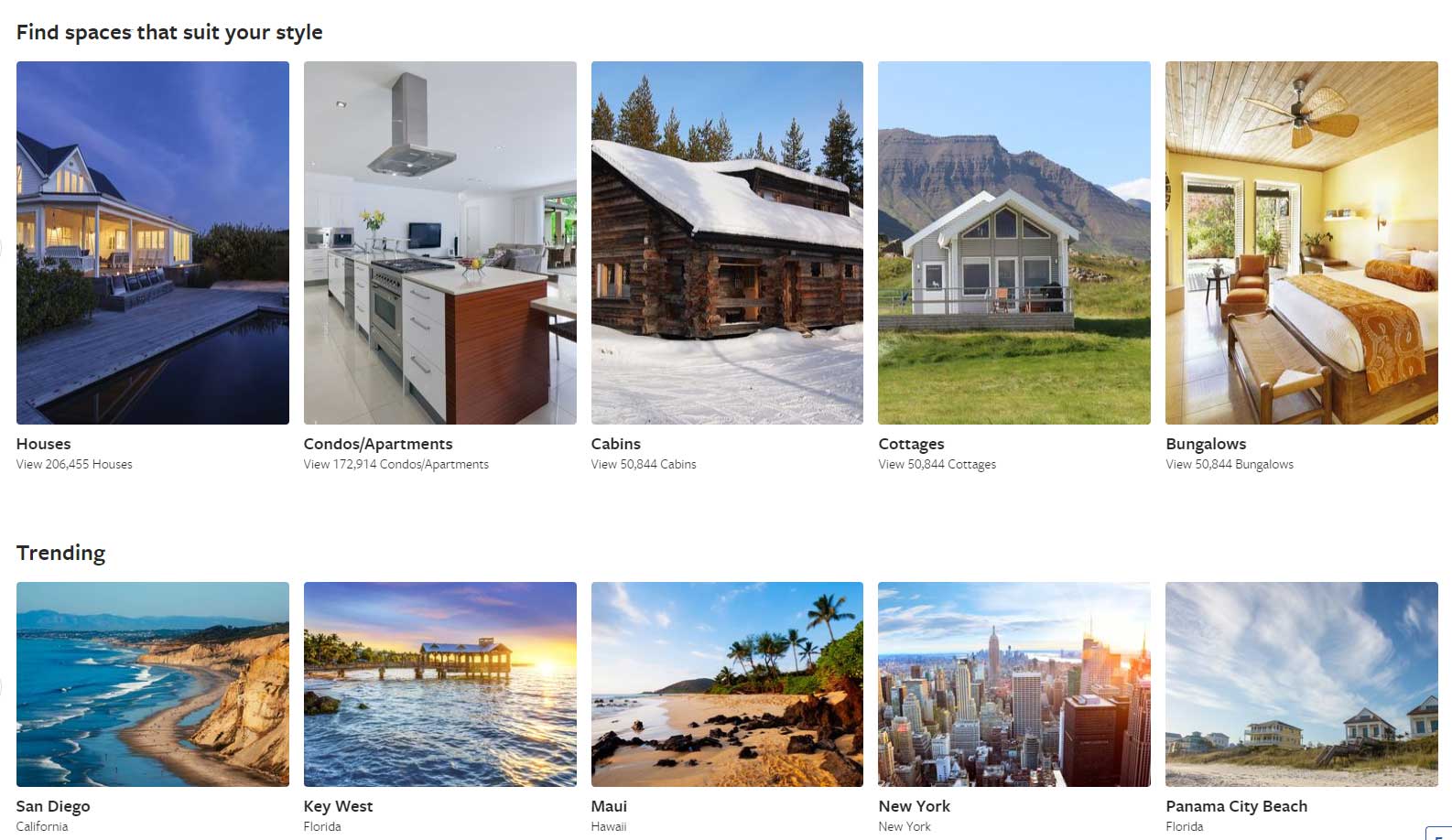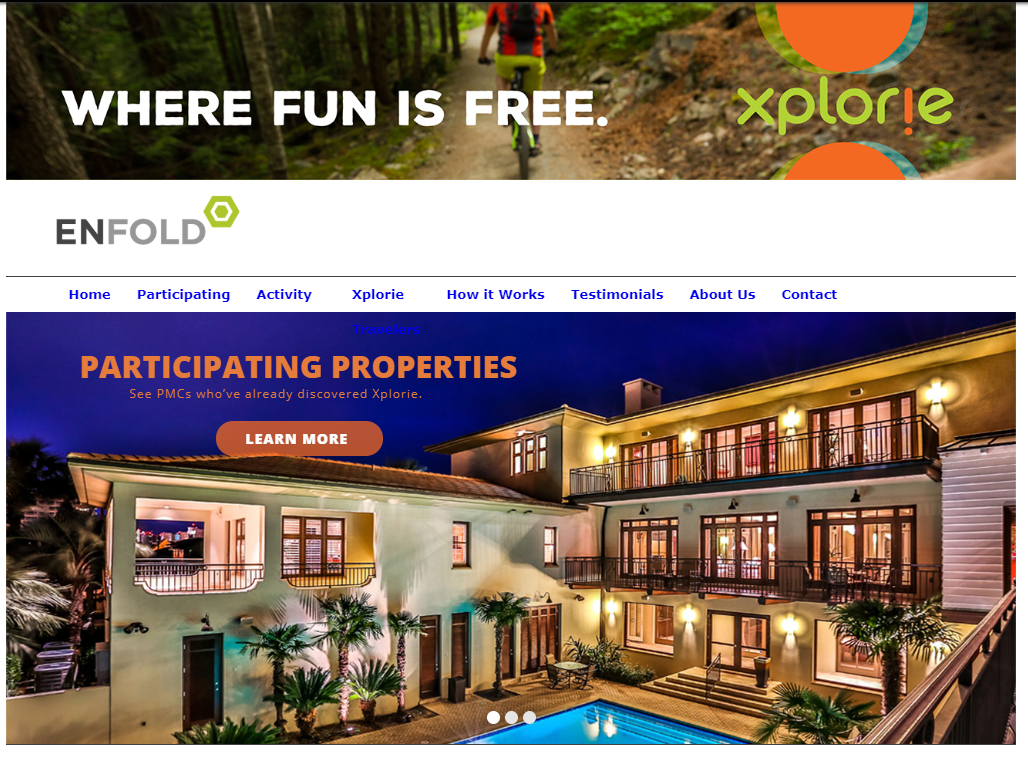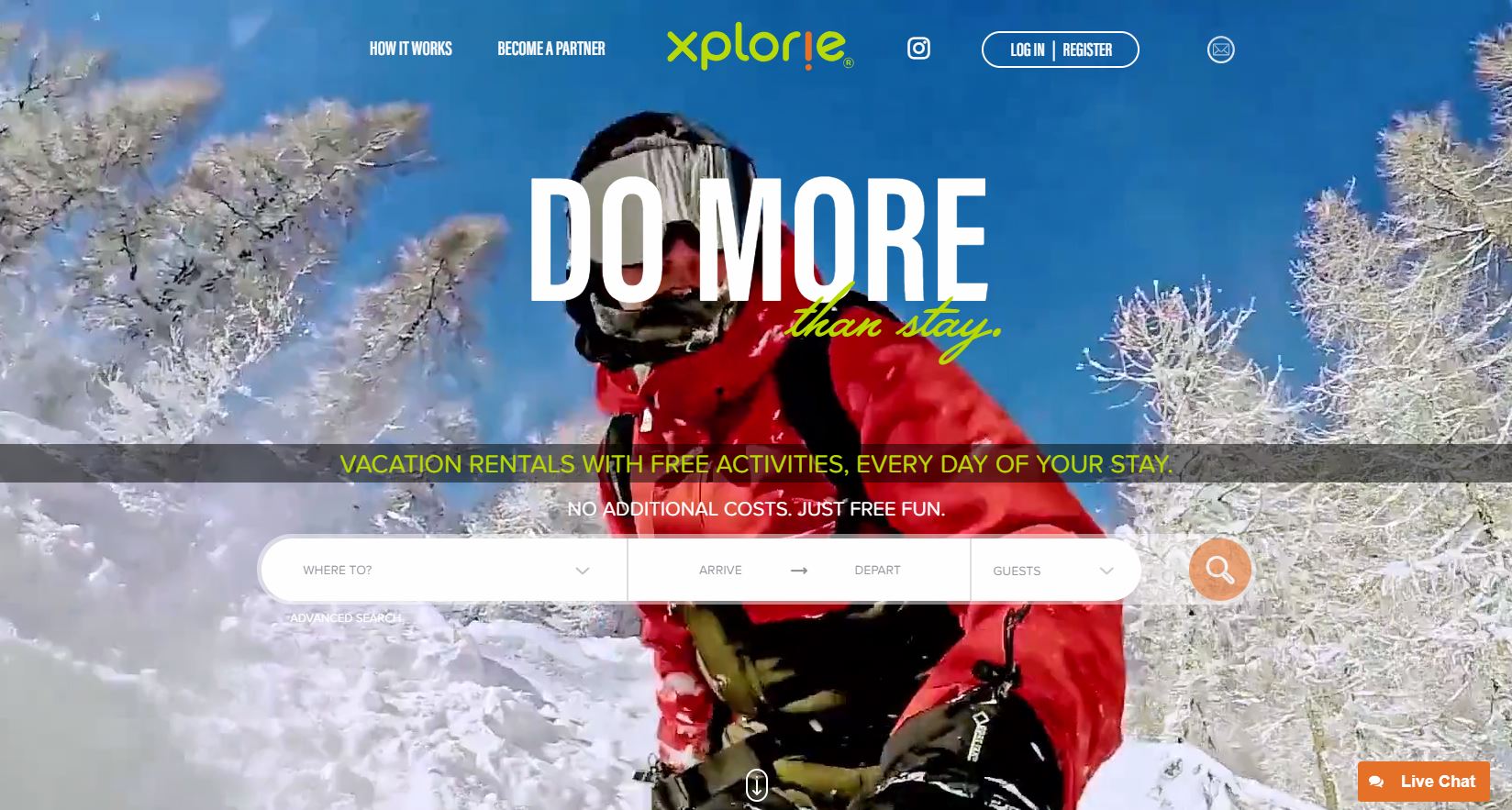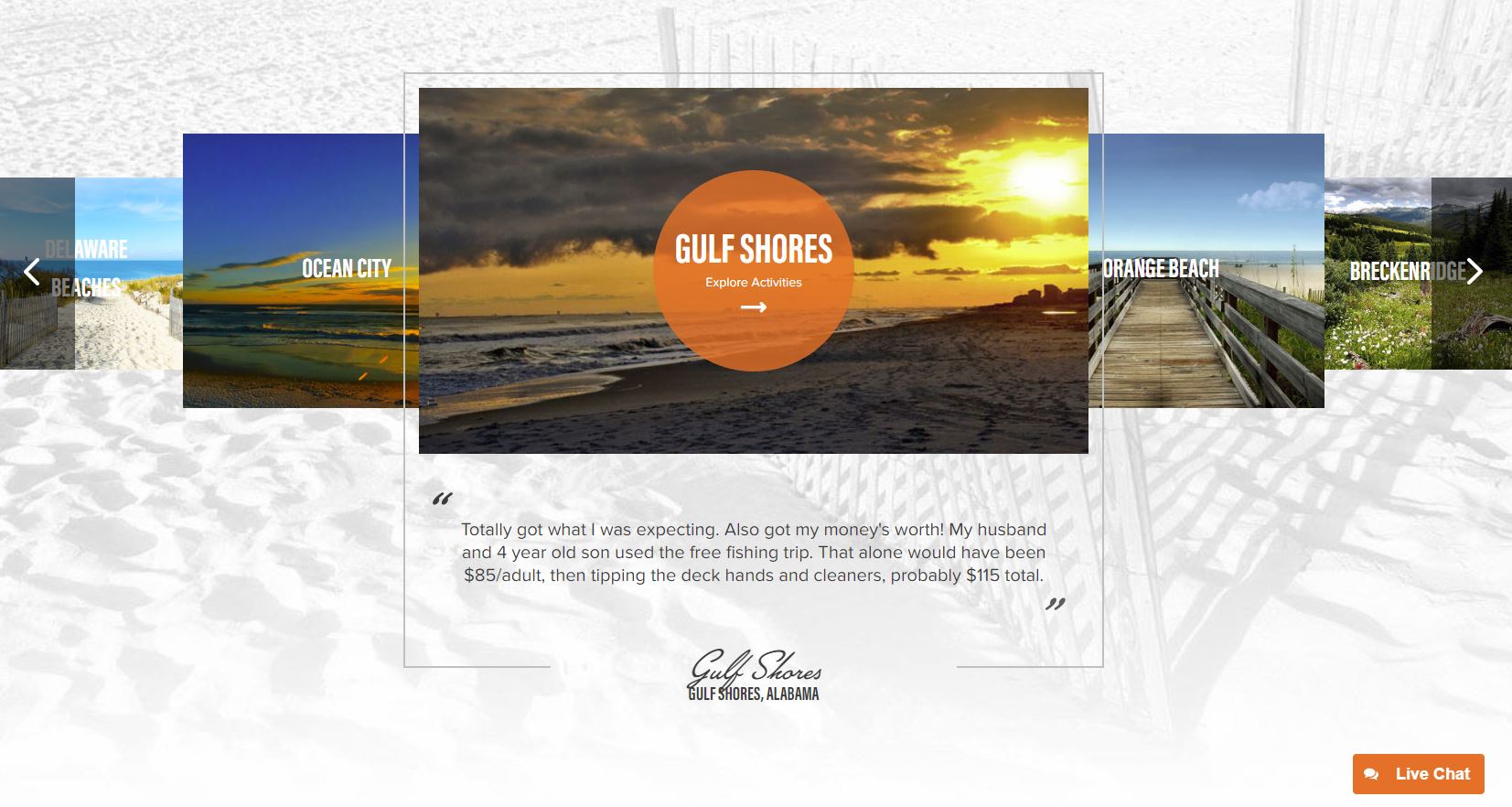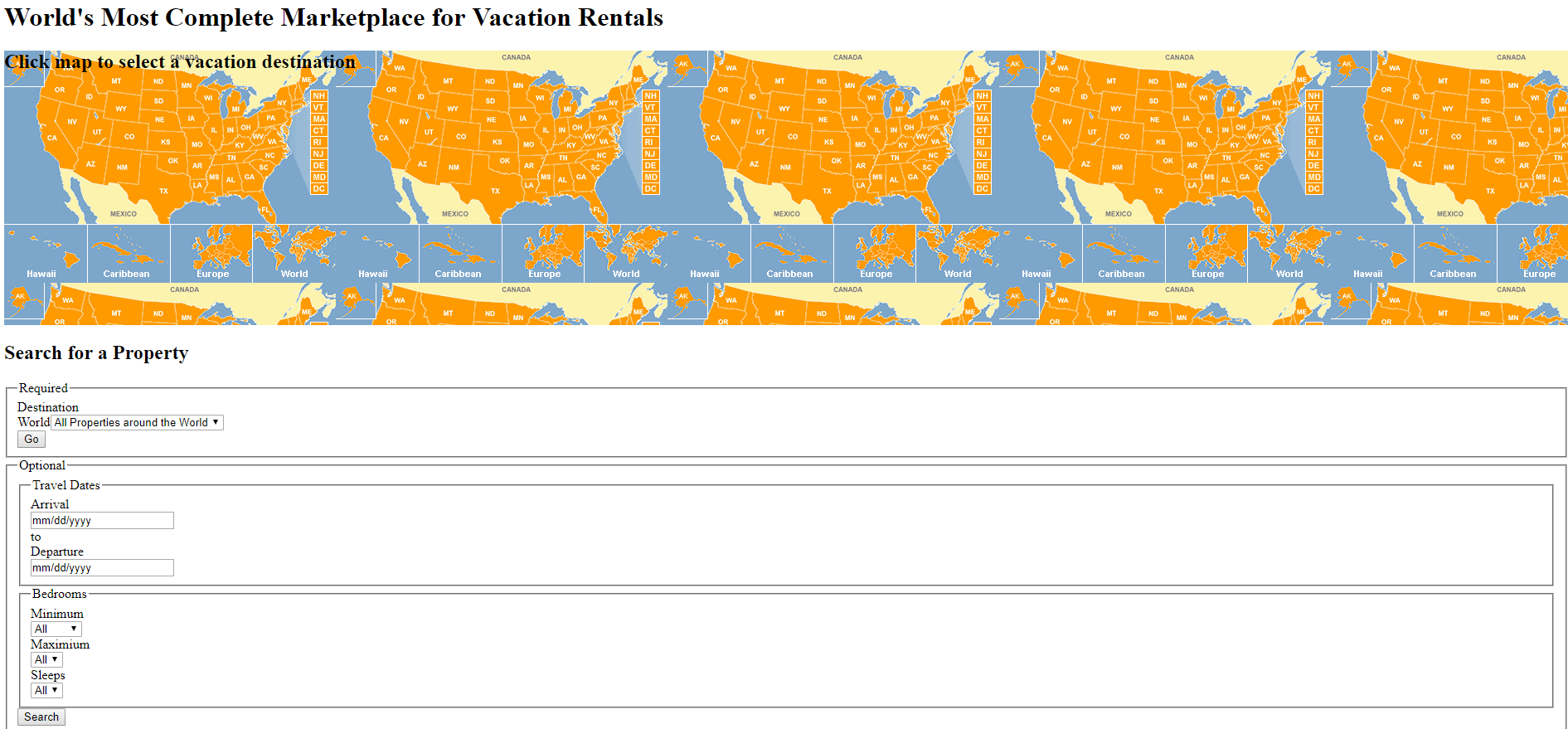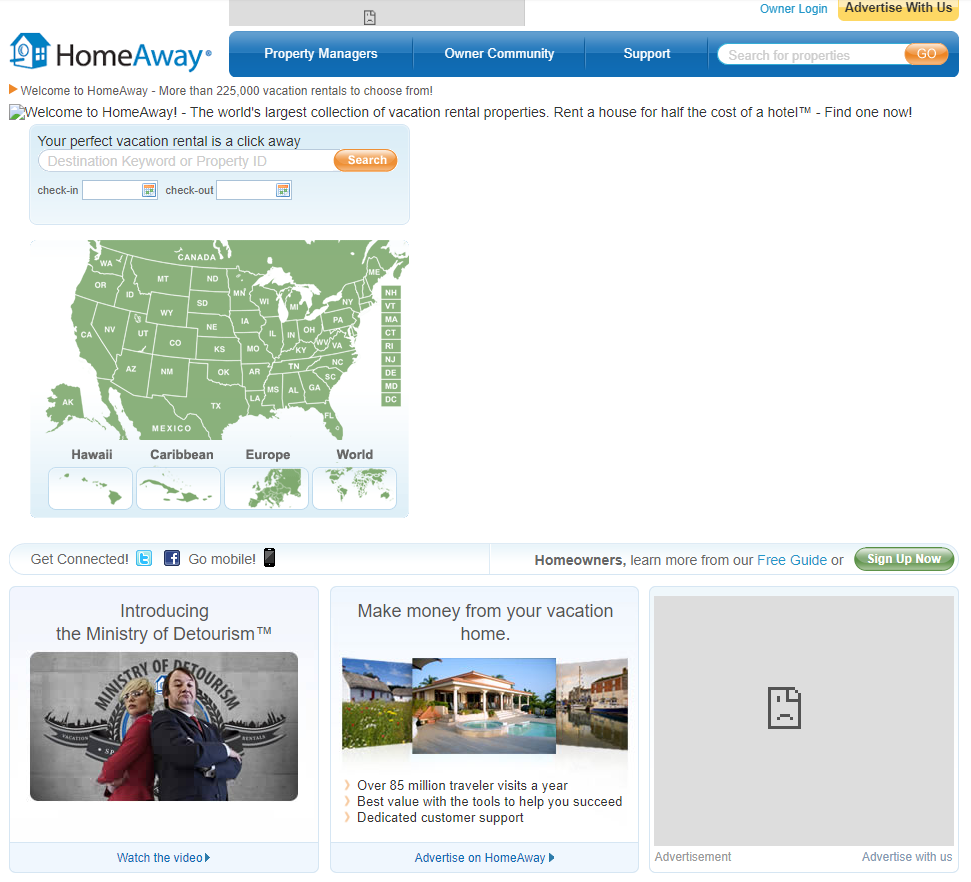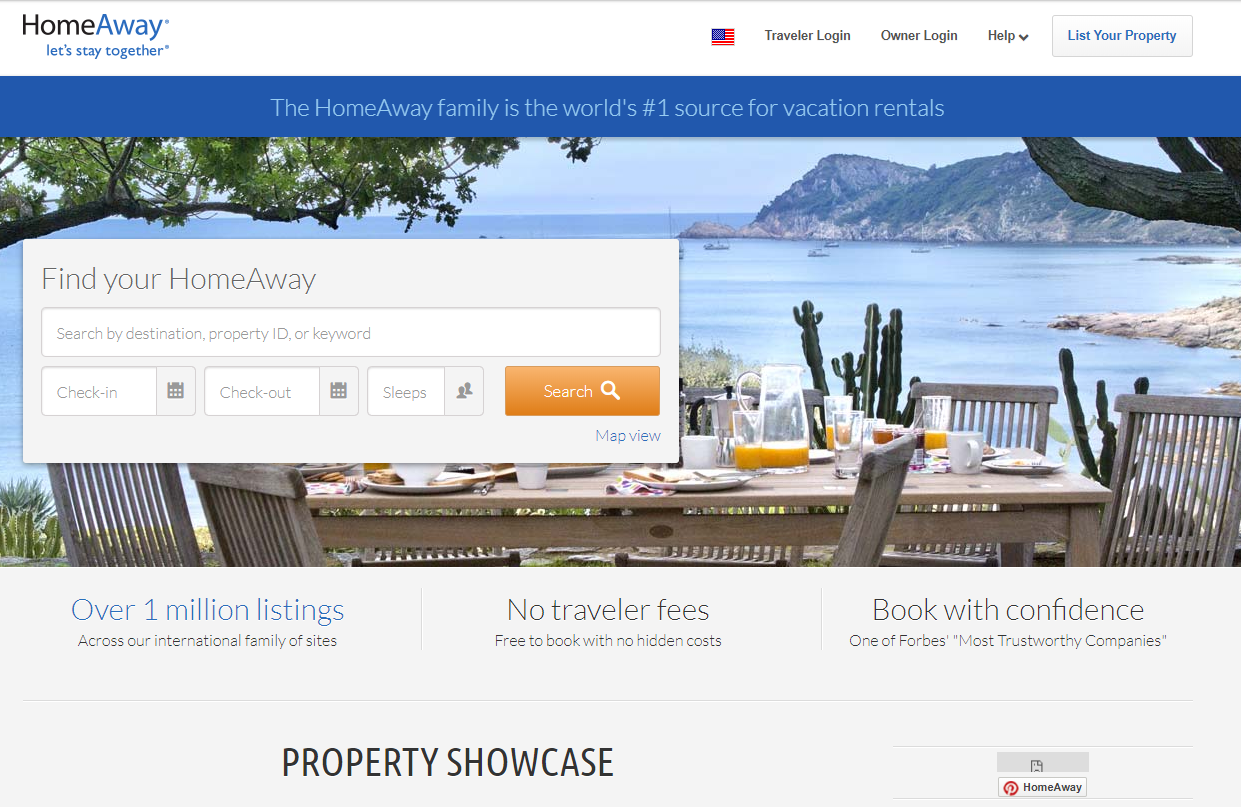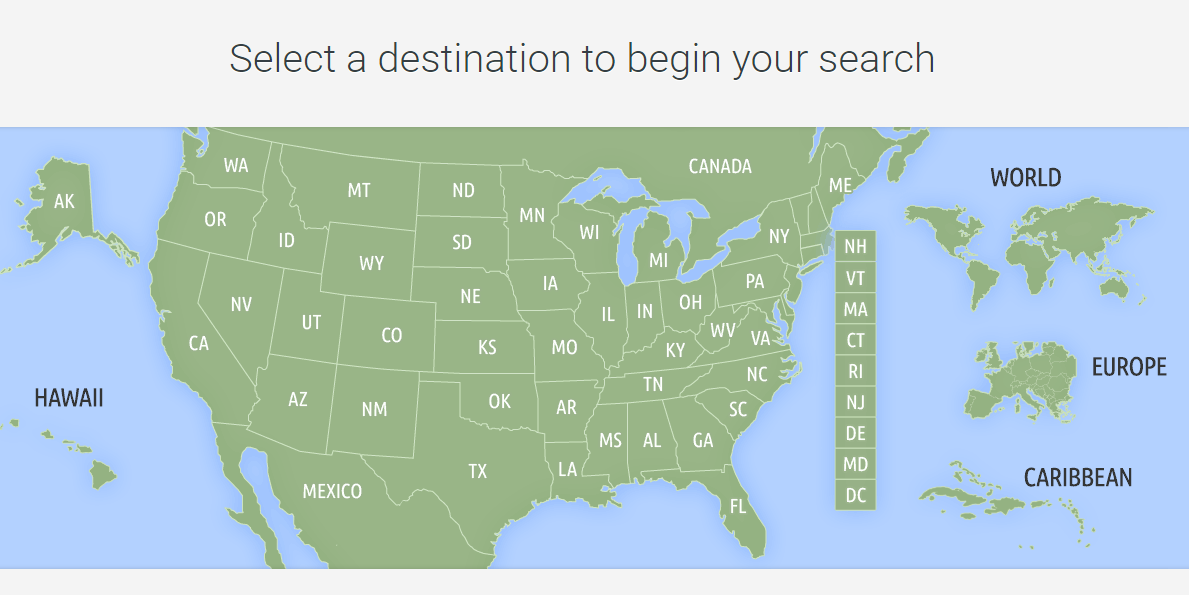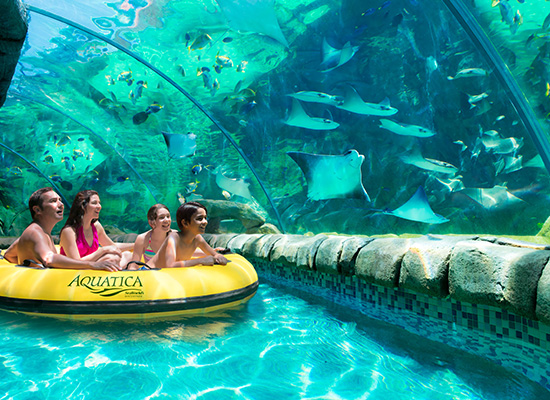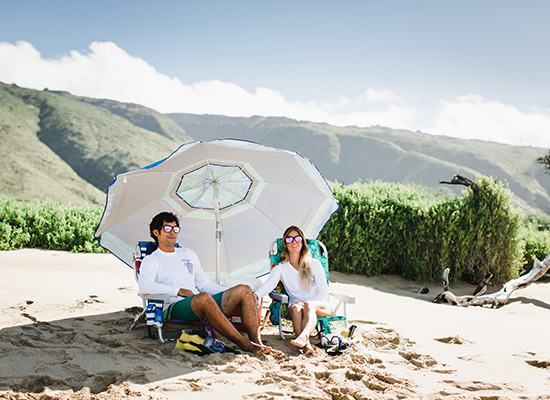April 29th, 2019
Website technology is constantly evolving. Have you ever taken a moment to think back to what designs used to look like? Even within the last 5 years alone, we’ve seen dramatic enhancements such as the growth of template-based design platforms like Squarespace, and marketing aggregators like Hootsuite which allow users to create, manage and monitor online marketing using a single platform.
In the vacation rental property industry, website advances have given rise to sites like Airbnb, VRBO, HomeAway, and Xplorie. Today, design has changed. Coding is optional and a shopping cart or reservation system is often built-in, or as simple as dragging and dropping a customizable app.
Website Design Evolution
Back in the day, most sites were static, text-based “brochures” that did little more than promote businesses, using minimal pictures and lots of text. Today, websites are dynamic, interactive and engaging.
A good website “tells not sells” by engaging with visitors, educating them, and providing a high-quality user experience. It contains features like advanced search and research capabilities, a blog, calls-to-action, videos, lots of hi-quality photography, links, landing pages, and more.
From the design and layout to menu bars, color schemes, and fonts, “less is more” is today’s design approach. However, this doesn’t mean less functionality. It’s more about creating a lean, streamlined, professional look and feel.
This simplicity fits perfectly with the growth of mobile computing. Today in order to compete, vacation rental websites must be mobile friendly.
The Evolution of Online Vacation Rental Sites
As technology has provided more functionality, vacation rental websites have changed dramatically. We thought it’d be fun to take a journey back in time! Thanks to The Wayback Machine, you can explore millions of archived webpages throughout the years.
Let’s look at how some of the top travel-related websites – Airbnb, VRBO, Xplorie, and HomeAway have evolved. These companies have redesigned and rebranded on average every 3 to 5 years as search and website technology has advanced.
Airbnb
In 2011, Airbnb became a way for homeowners to viably list properties online. The site offered a homepage that showcased a featured property along with a simple search feature. The 2014 redesign offered visitors neighborhood guides, for cities around the world, with a simple photo. The current site update offers advanced search “above the fold” and options to explore the site, top-rated experiences, unique homes for rent, and links to blog articles to help visitors research destinations.
Vrbo
In 2004, Vrbo’s first website running under the then VRBO banner used a simple link design listing out every state where vacation rentals were available. It wasn’t until a 2012 redesign that the site became more user-friendly offering top-rated homes on the homepage and a more fluid design. The current Vrbo site focuses on hi-quality imagery to present the visitor with an easier way to research and choose the right rental.
Xplorie
Xplorie’s 2015 site was easy to navigate, clear and offered potential partners plenty of information. Today’s design is all about the user experience and continues to incorporate the latest technology. The homepage features an exciting video that conveys exactly what Xplorie is about – free activities, like those pictured in the video. The CTA is bold and takes the user to the search page where they can find the perfect vacation rental. The addition of a live chat feature gives visitors immediate response to questions.
HomeAway
In 2006, HomeAway was a basic property search sit featuring clickable maps to select your vacation destination along with dropdowns to help narrow down property requirements. Much like VRBO, HomeAway redesigned their site in 2011 adding images, and content, along with advanced search functionality. By 2015, an interactive map allowed visitors to simply click on the state they wished to visit to receive a list of properties available.
Web design is constantly evolving. To compete you need to stay on top of the trends and technology. Mobile use will continue to grow, interactivity and features will gain in functionality. Looking back can show us how far the travel industry has come and what the online future may hold.
Source: https://web.archive.org/

